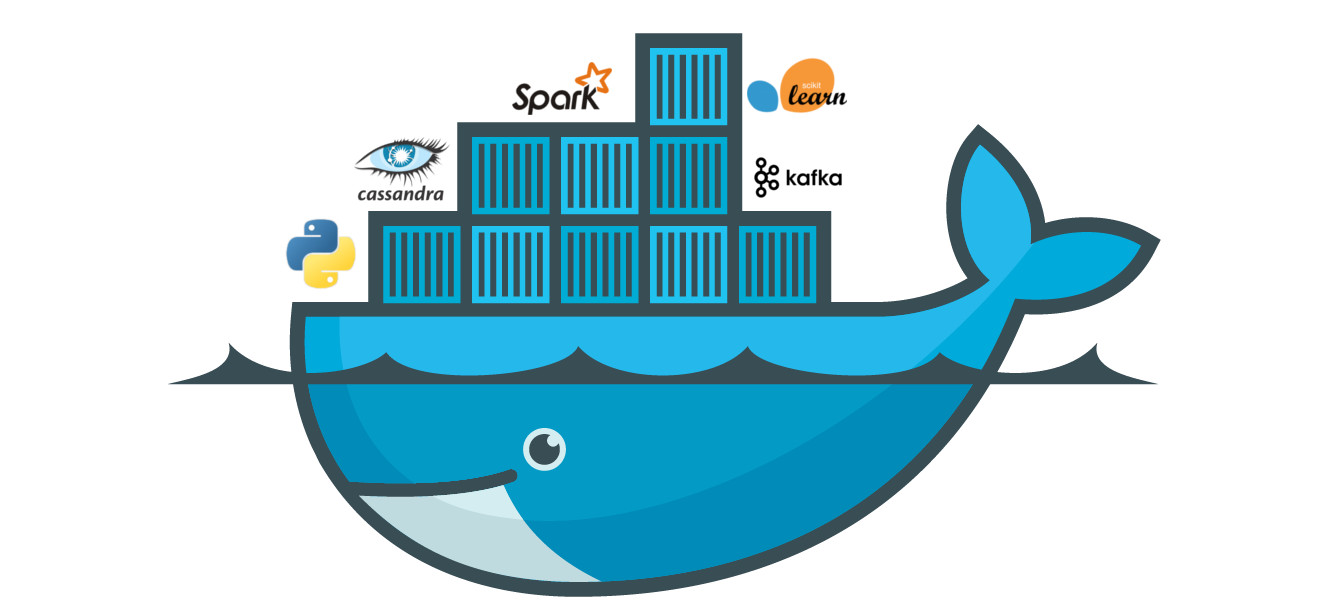Fundamentals of reactJs and its advanatges
13 Fundamentals of ReactJs and its advantages
Hi dev, web or Internet is interesting and fascinating engineering and it provides the engineers a full fledge ecosystem for its develpment. Here in this blog we are going to explore the frontend tool ReactJs and its advantages. There are tons of different Web developement frameworks out there in the market but Why ReatcJs is a most loved framework of the decade?. What are its best features that provides fast and expressive development.
Here are 13 fundamental we should know to kick start Frontend Web application journey.
React is a popular JavaScript library for building user interfaces. It was developed by Facebook and is commonly used for creating web and mobile applications. Here are some fundamental concepts and key aspects of React:
React is a popular JavaScript library for building user interfaces. It was developed by Facebook and is commonly used for creating web and mobile applications. Here are some fundamental concepts and key aspects of React:
-
Component-Based Architecture: React is based on a component-based architecture, where you break your user interface into reusable, self-contained components. Components can be thought of as building blocks that encapsulate the logic and rendering for a particular part of the UI.
-
JSX (JavaScript XML): React uses JSX, a syntax extension for JavaScript, to define the structure and content of components. JSX allows you to write HTML-like code within your JavaScript, making it easier to visualize the UI's structure.
-
Virtual DOM: React uses a Virtual DOM to efficiently update the actual DOM. Instead of making direct changes to the DOM, React first updates a virtual representation of the DOM. Then, it calculates the difference (diffing) between the new and old virtual DOM and applies the minimal set of changes to the actual DOM, which makes updates faster and more efficient.
-
State and Props: React components can have both state and props. State represents the data that a component manages, and it can change over time. Props (short for properties) are the inputs that a parent component passes to its child components. Props are read-only and help in passing data between components.
-
Component Lifecycle: React components have a lifecycle that includes various methods like
componentDidMount,componentDidUpdate, andcomponentWillUnmount. These methods allow you to perform actions at different points in a component's lifecycle, such as setting up data, updating the UI, or cleaning up resources. -
Rendering: React components render UI elements based on their state and props. The
rendermethod returns the JSX that describes what the component should display. -
Event Handling: React allows you to handle user interactions and events by defining event handlers within your components. You can use synthetic events and event listeners to respond to user input.
-
Conditional Rendering: You can conditionally render elements or components in React by using JavaScript logic and conditional statements within your JSX.
-
Component Composition: React encourages the composition of components. You can create complex UIs by combining and nesting smaller, reusable components within larger ones.

-
Routing: For building single-page applications, React is often used with a routing library like React Router, which allows you to manage the application's navigation and display different components based on the URL.
-
State Management: While React has its own built-in state management, for more complex applications, you might use external state management solutions like Redux or Mobx to centralize and manage application state.
-
Hooks (Functional Components): React introduced Hooks in React 16.8, which allow you to use state and other React features in functional components. The most common hooks are
useState,useEffect,useContext, and more. -
PropTypes and TypeScript: You can use PropTypes or TypeScript to add type checking and validation to your React components, making it easier to catch and prevent bugs related to component props.
React is continually evolving, with new features and improvements being added over time. Learning these fundamentals will provide a solid foundation for building web and mobile applications with React. You are now understood why react is the most loved frontend framework.
Hope you like the blog.
Thank you
Popular posts

Web Development
A Beginner's Guide to Docker: Understanding Containers

